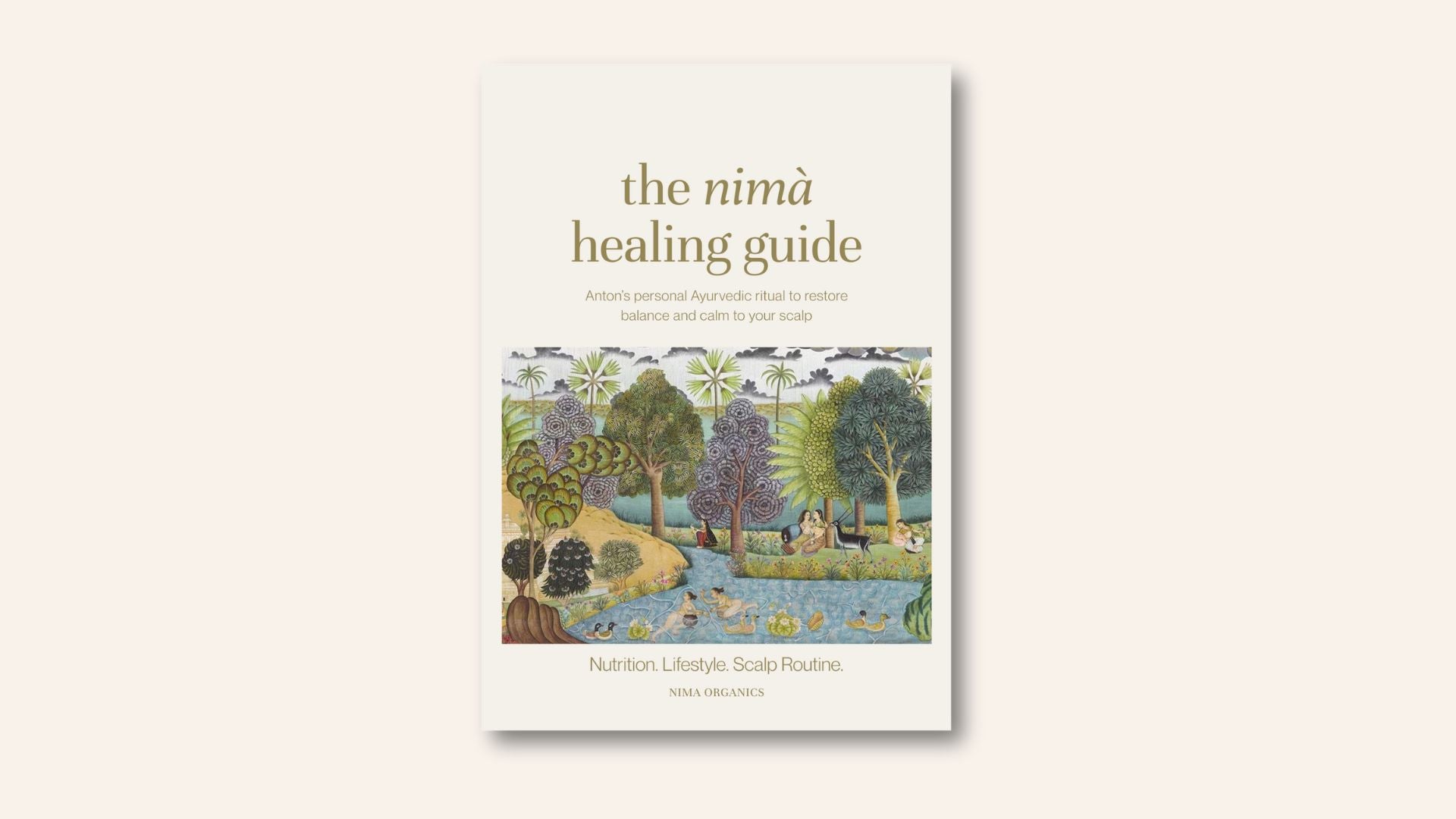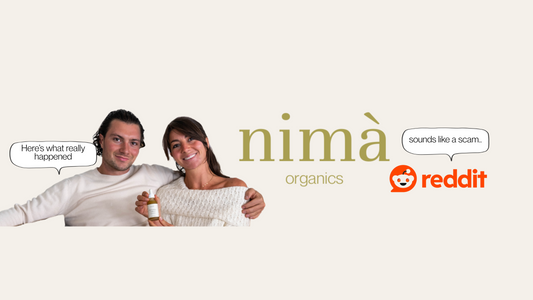My healing guide
Read our Healing Guide
We made the full guide accessible to everyone on canva, click below if you'd like to see the detailed version!

See our videos
Our Youtube Channel
Our Blog
View all-

The Scalp Microbiome: How to regain a flake-fre...
Your scalp has its own microbiome, a living ecosystem that needs balance to stay healthy. Learn how stress, harsh shampoos, and diet affect it, and how NIMÀ’s Soothing Scalp Oil...
The Scalp Microbiome: How to regain a flake-fre...
Your scalp has its own microbiome, a living ecosystem that needs balance to stay healthy. Learn how stress, harsh shampoos, and diet affect it, and how NIMÀ’s Soothing Scalp Oil...
-

The Truth About Neem Oil: Why It’s a Game-Chang...
If you’ve tried every anti-dandruff shampoo and your scalp still feels dry, tight, or flaky, this article explains why. Discover how neem and rosemary, two powerful natural ingredients, can help...
The Truth About Neem Oil: Why It’s a Game-Chang...
If you’ve tried every anti-dandruff shampoo and your scalp still feels dry, tight, or flaky, this article explains why. Discover how neem and rosemary, two powerful natural ingredients, can help...
-

What Happened When We Shared the Nima Organics ...
We shared The Nima Organics method on Reddit, our real story, free guide, and natural scalp oil method. The result? Our post was banned and a reddit user called it...
What Happened When We Shared the Nima Organics ...
We shared The Nima Organics method on Reddit, our real story, free guide, and natural scalp oil method. The result? Our post was banned and a reddit user called it...



